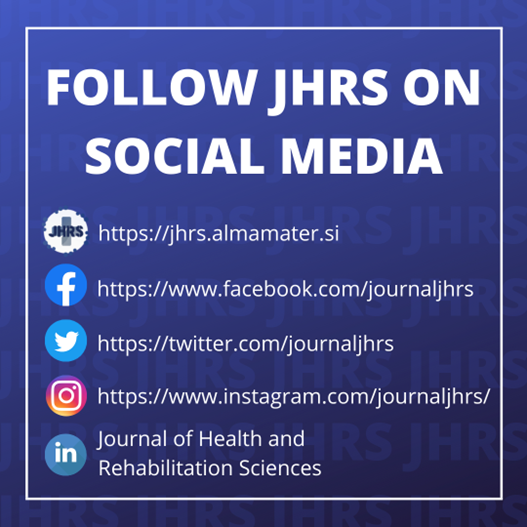Edina Csernák ELTE Barczi Gusztáv Faculty of Special Needs Education https://orcid.org/0000-0003-4269-5691
Judit Gombás Institute for the Methodology of Special Education and Rehabilitation ELTE Bárczi Gusztáv Faculty of Special Needs Education https://orcid.org/0000-0002-0004-3575
DOI: https://doi.org/10.33700/jhrs.1.1.38
ABSTRACT
Introduction: Body dissatisfaction is a general concern from teenage years onwards, and is especially characteristic in the population of young women all over the world.
Objectives: This qualitative research sought to find answers to how young (aged 18-30) women with congenital or acquired blindness perceive their body image (BI), and how they get information about the appearance of others.Methods: Semi-structured interviews were conducted with twelve blind women, aged 18-30 years. Verbatim interview transcripts were analysed independently by both first and second author, following guidelines of constructivist grounded theory (CGT). Coding was conducted in accordance with Strauss and Corbin’s (1998) procedure: transcripts were analysed with open, axial and finally with selective coding.
Results: Findings confirm that feedback from important others, especially negative feedback, greatly influences young women with blindness in developing their BI, and that for many it is a concern to what extent they should internalise negative remarks which are related to their appearance.
Conclusion: Since feedback and verbal information from others are essential for women with blindness in trying to understand what they and others look like, it is important for professionals, parents and for the women themselves to understand how vulnerable they may be to the criticism of others.
Keywords: blindness, body image, constructivist grounded theory, important others



.png)



